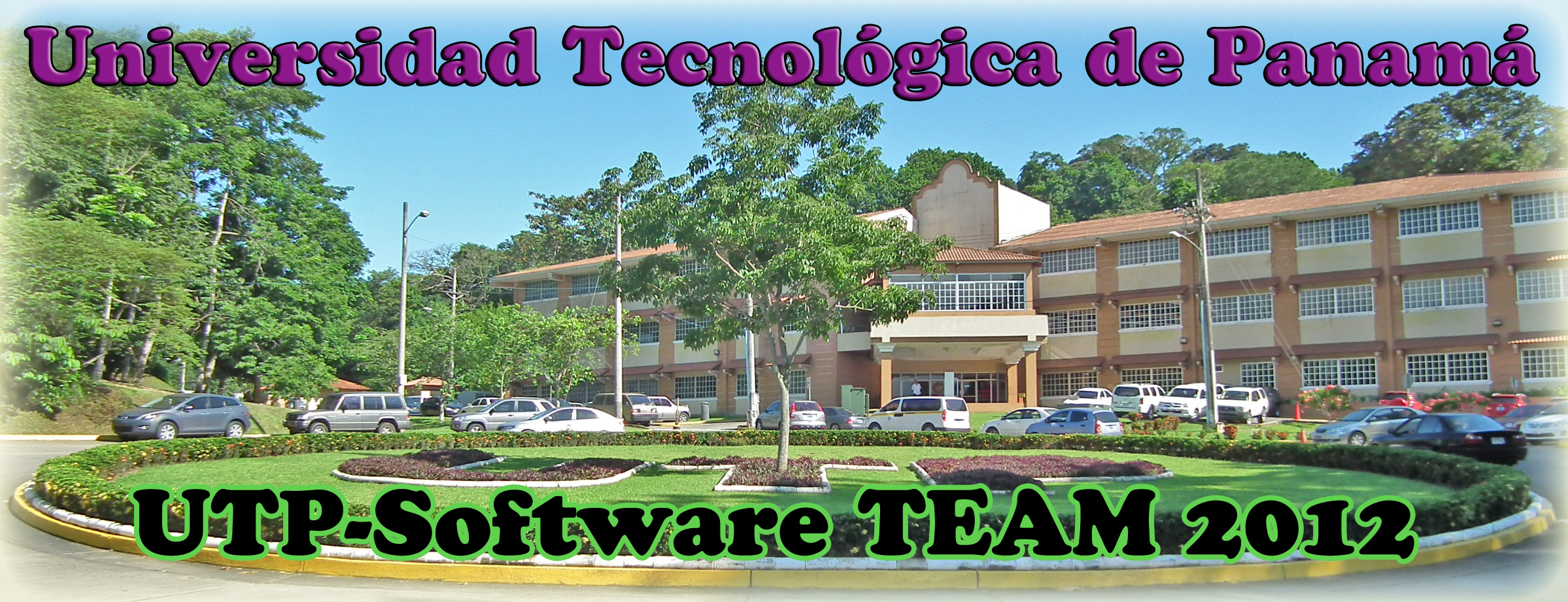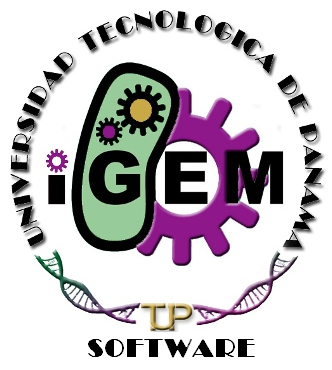Team:UTP-Software/Project
From 2012.igem.org
(Difference between revisions)
(→OVERVIEW) |
(→OVERVIEW) |
||
| (2 intermediate revisions not shown) | |||
| Line 19: | Line 19: | ||
'''Our SynBio Sequence Mutation Tool was made to quickly analyze sequences,''' | '''Our SynBio Sequence Mutation Tool was made to quickly analyze sequences,''' | ||
<ul> | <ul> | ||
| - | <li>Determine standards | + | <li>Determine assembly standards compatibility for BioBricks,</li> |
<li>Suggest Primers that will help to solve the compatibility issues,</li> | <li>Suggest Primers that will help to solve the compatibility issues,</li> | ||
| Line 26: | Line 26: | ||
<li>And to show the new compatible standards.</li> | <li>And to show the new compatible standards.</li> | ||
| + | |||
| + | <li>Align sequences based on overlaps.</li> | ||
| + | |||
| + | <li>Do the consensus of all sequences and produce a final one based on phred scores.</li> | ||
</ul></div> | </ul></div> | ||
Latest revision as of 04:03, 27 October 2012
| Home | Team & Attributions | Project | S2MT | Tutorial | Biosinergia | Notebook | Human Practices | Safety | Sponsors |
|---|
 "
"

